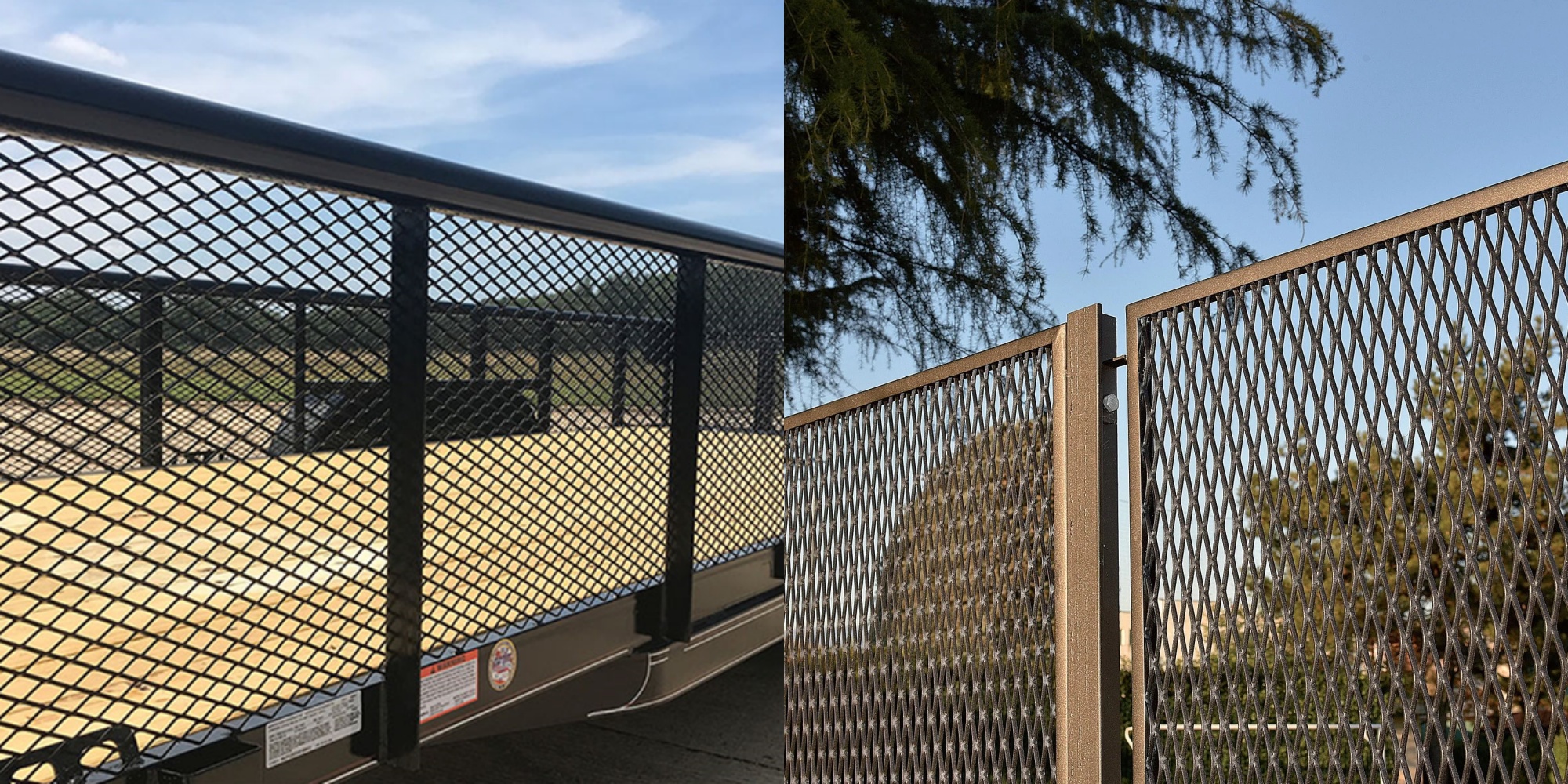How we prevent rust on the expanded steel mesh guardrail are as follows:
1. Change the internal structure of metal
For example, manufacturing various corrosion-resistant alloys, such as adding chromium, nickel, etc. to ordinary steel to make stainless steel.
2. Protective layer method
Covering the metal surface with a protective layer isolates the metal product from the surrounding corrosive medium to prevent corrosion.
(1). Coat the surface of the expanded steel mesh with engine oil, petroleum jelly, paint or cover it with corrosion-resistant non-metallic materials such as enamel and plastic.
(2). Use electroplating, hot plating, spray plating and other methods to coat the surface of the steel plate with a layer of metal that is not easily corroded, such as zinc, tin, chromium, nickel, etc. These metals often form a dense oxide film due to oxidation, thereby preventing water and air from corroding steel.
(3). Use chemical methods to form a fine and stable oxide film on the steel surface. For example, a fine black ferric oxide film is formed on the surface of the steel plate.

3. Electrochemical protection method
The electrochemical protection method uses the principle of galvanic cells to protect metals and tries to eliminate galvanic cell reactions that cause galvanic corrosion. Electrochemical protection methods are divided into two categories: anode protection and cathodic protection. The most widely used method is cathodic protection.
4. Treat corrosive media
Eliminate corrosive media, such as frequently wiping metal equipment, placing desiccants in precision instruments, and adding a small amount of corrosion inhibitors that can slow down the corrosion rate to the corrosive media.
5. Electrochemical protection
1. Sacrificial anode protection method: This method connects active metal (such as zinc or zinc alloy) to the metal to be protected. When galvanic corrosion occurs, this active metal acts as the negative electrode to undergo oxidation reaction, thereby reducing or preventing Corrosion of protected metal. This method is often used to protect steel piles and shells of seagoing ships in the water, such as the protection of steel gates in the water. Several pieces of zinc are usually welded below the waterline of the ship's shell or on the rudder near the propeller to prevent the hull, etc. of corrosion.
2. Impressed current protection method: Connect the metal to be protected to the negative pole of the power supply, and select another piece of conductive inert material to connect to the positive pole of the power supply. After energization, the accumulation of negative charges (electrons) occurs on the metal surface, thus inhibiting the metal from losing electrons and achieving the purpose of protection. This method is mainly used to prevent corrosion of metal equipment in soil, seawater and river water. Another method of electrochemical protection is called anode protection, which is a process in which the anode is passivated within a certain potential range by applying an external voltage. It can effectively block or prevent metal equipment from corroding in acids, alkalis and salts.
Post time: Feb-22-2024
